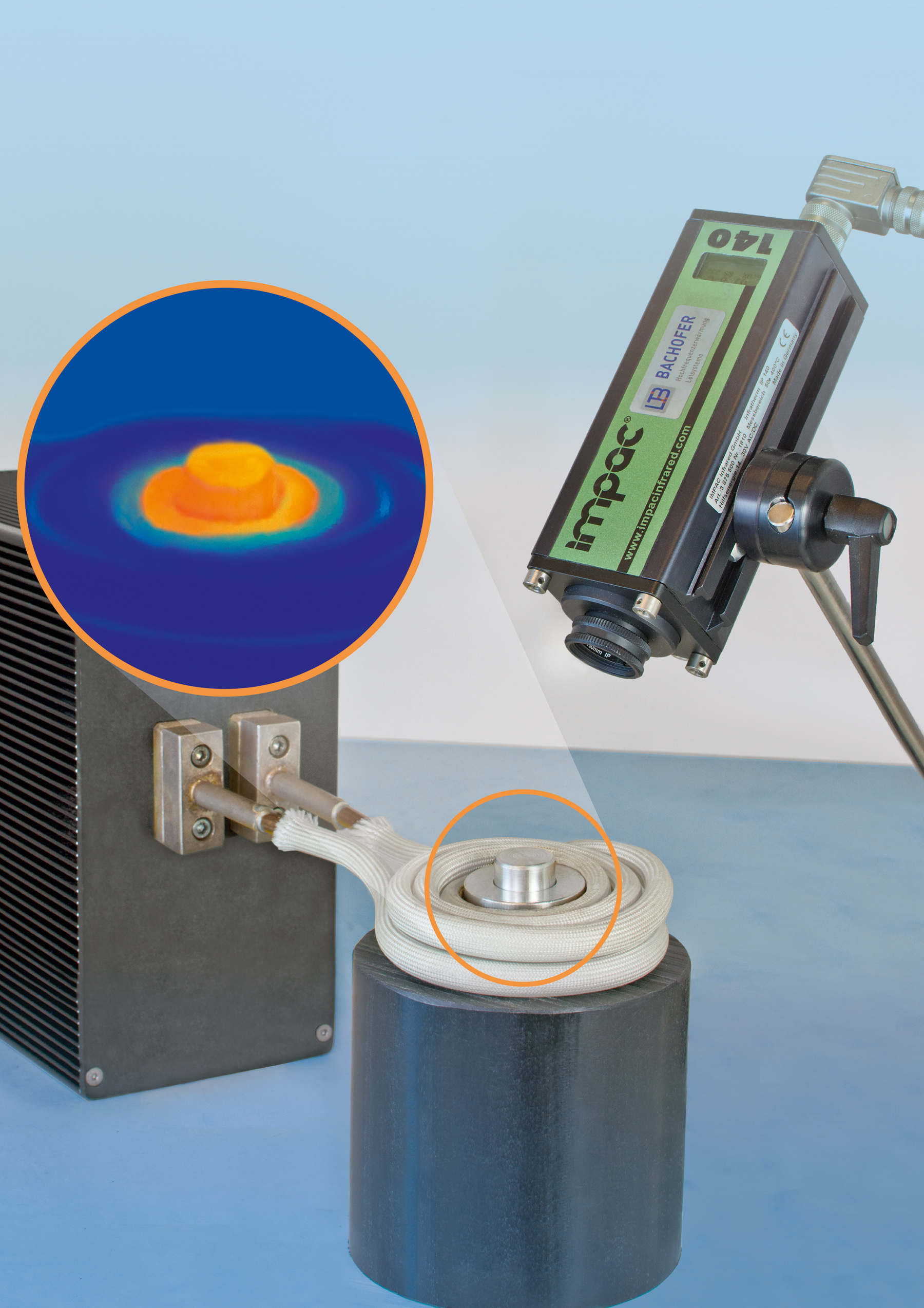The catalyst among heat curing methods
Full curing of adhesives requires either patience or suitable tools to accelerate this process. Conventional 2C adhesives take between 24 hours and up to seven days to reach their final strength. In a manufacturing process, however, the curing time of adhesives needs to be adjusted to the cycle times in series production, which implies fast and highly reliable curing.
To be clear: ideally, the adhesive should cure within seconds. Along with rapid curing using light, which is only possible for translucent components, thermally accelerated adhesive curing is a suitable method. This is usually done by supplying heat via ovens, but this method is too slow given the typical cycle times of 15 to 60 minutes. Furthermore, it does not provide location-specific or material-specific heating. Induction curing has great potential regarding rapid thermal curing and is an efficient solution for metallic components.
What happens during induction curing?
During inductive heating, the metallic component is exposed, either partially or completely, to an alternating electromagnetic field created by a current-carrying coil. This field generates eddy currents within the material, flowing opposite of the original current and heating the material. Induction provides very fast heating of electrically conductive components and significantly reduces the heat-up time, thus accelerating the curing process of heat-curing adhesives. Heating can be even more accelerated in the case of ferromagnetic substrates.
 How Is heat produced in the adhesive?
How Is heat produced in the adhesive?
The surfaces of conductive metal components heat up very quickly by induction and transfer the heat to the adhesive. In the case of non-conductive workpieces such as ceramics or plastics, suitable additives like metal powder, for example, are added to the adhesives. This causes direct heating of the adhesive layer and consequently allows it to cure faster. In contrast to conventional heating processes, heat is generated directly in the adhesive which then cures within a few minutes or even seconds. Unlike with heat curing methods like radiation or convection, induction curing generates the heat in the conductive workpiece itself. Since the heat-up time is reduced with induction while the temperature remains the same as during oven curing, the adhesive molecules are smaller and more mobile, which accelerates crosslinking.
Advantages and disadvantages of induction
A clear advantage of induction heating over other methods is that induction allows targeted heating and curing of workpiece areas. Furthermore, cycle times are drastically reduced thanks to the rapid heating. The operation can be monitored by a specific process control system. The technical and economic benefits of induction are particularly evident with respect to energy efficiency since heat losses are reduced. Therefore, to sum up, induction curing allows short cycle times, direct integration into production lines, reproducibility, process accuracy, and less energy consumption.
Induction heating is limited by the penetration depth. Conductive heating is required for solid components where large interior areas have to be reached. Heat conduction takes longer than direct inductive heating. In addition, components should be more or less symmetrical to ensure homogeneous heating and the distance between the inductor and the component should be the same from any point. Complex geometries pose problems due to varying distances between coil and component, since the electromagnetic field attenuates with increasing distance.
Conclusion
Induction curing is an interesting option when reduced curing times and targeted heating of adhesives are required. Another important aspect is the energy-saving potential thanks to heating within seconds. Depending on the application in question, the inductive heating process needs to be tested with respect to the adhesive's behavior, to frequency, and power and then optimised by an adequate temperature control.


